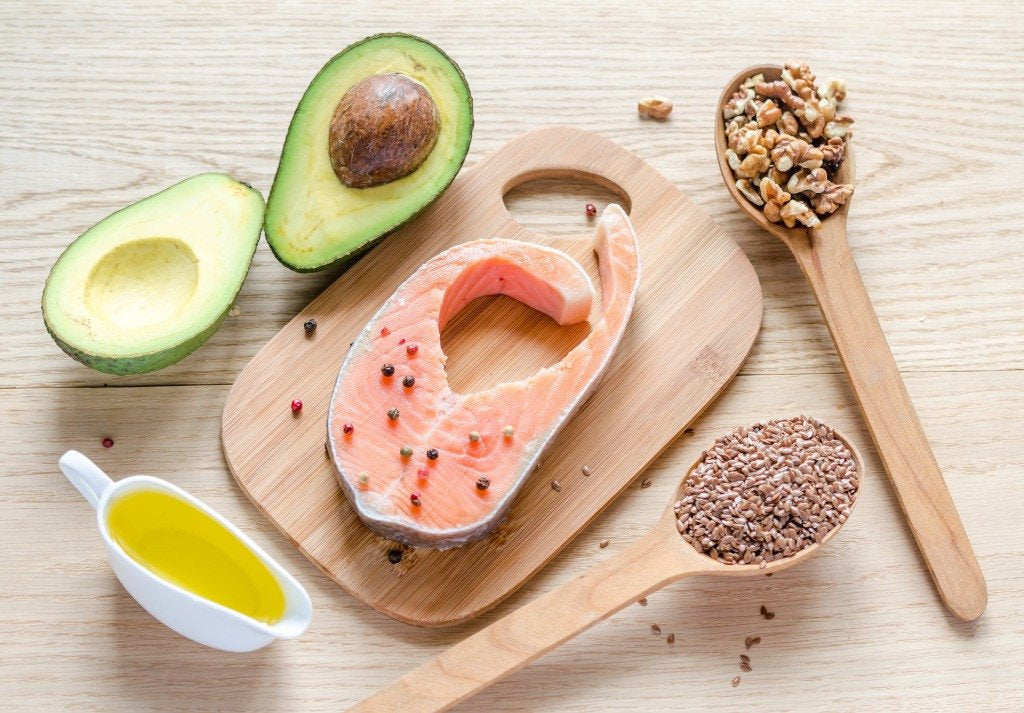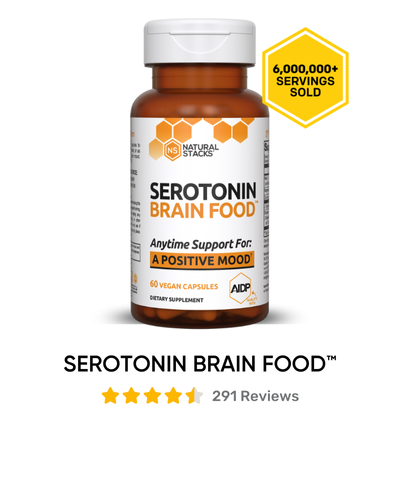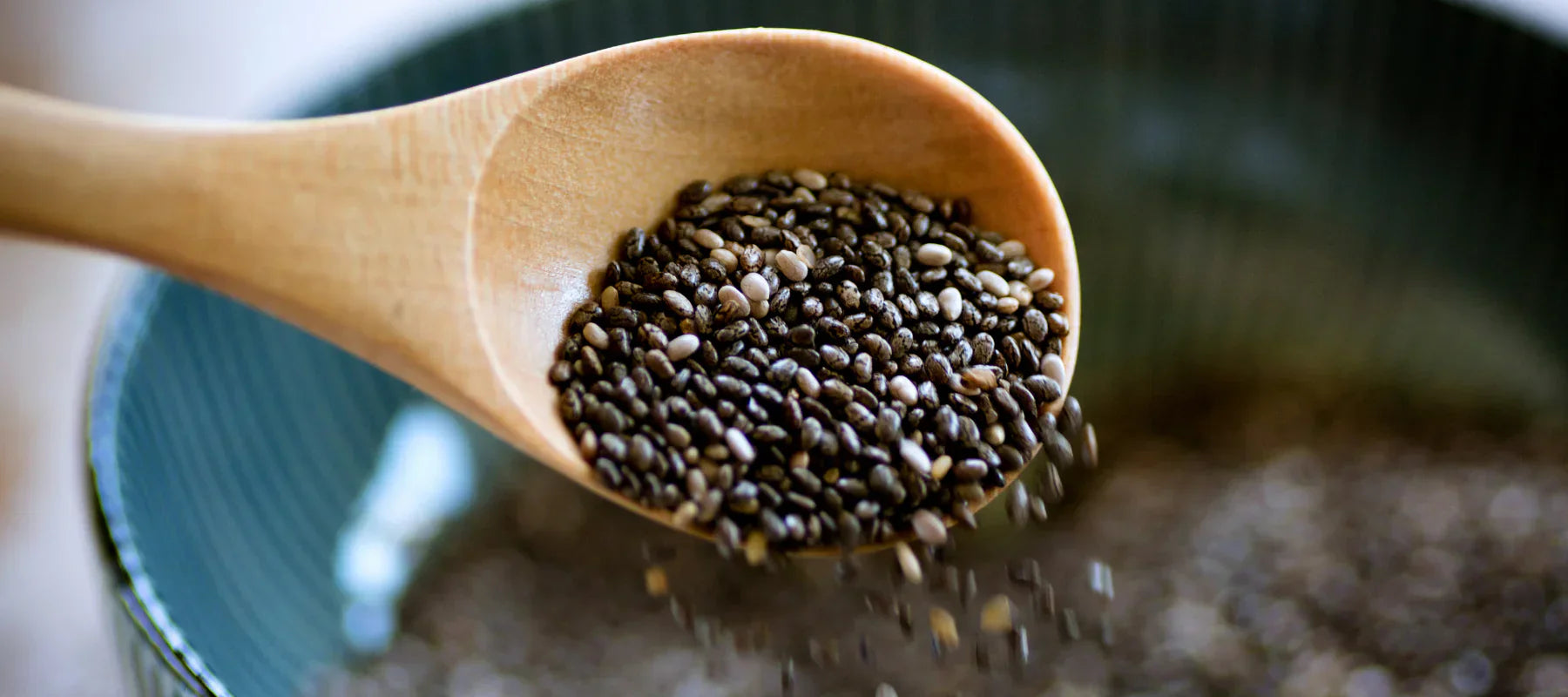Using The Bulletproof Fat Loss Diet to Lose Weight


I recently lost 20 lbs in about 4 weeks on Dave Asprey’s “Bulletproof Rapid Fat Loss Protocol”[1].
This is a modified cyclical ketogenic diet in which 6 days are spent eating a high-fat, low-carb, adequate protein diet followed by one day in which carbs are consumed.
Essentially, aspects of the ketogenic diet are combined with large amounts of coffee drinking.
Ketogenic diets in general have been thoroughly studied, much more so than many other types of diets, because they happen to be an effective treatment for childhood epilepsy that has been in use since the early 20th century[2]. For example, in a recent large study of 317 epileptic children, the ketogenic diet lead to a 50% reduction in seizure activity in 56% of the children studied and a complete cessation of seizures in 16% of children studied[3].
In studies, the ketogenic diet was more effective at causing test subjects to lose weight and lower their blood pressure than test subjects on a low-fat diet[4].
The traditional ketogenic diet consists of a 4:1 ratio of fat to grams of protein and carbs. Adequate fluid intake is also required to prevent dehydration, constipation and kidney stones.
How The Bulletproof Rapid Fat Loss Protocol Works
Low carbohydrate consumption in the ketogenic diet causes the body to switch from burning glucose as its primary fuel to partly replacing it with ketone bodies which are produced from fats.
This is done by fatty-acid oxidation in the mitochondria leading to large amounts of acetyl-Coa being produced and generating the three ketone bodies: beta-hydroxybutyrate, acetoacetate, and acetone[5]. These ketone bodies provide fuel for the rest of the body during the ketogenic diet.
One of the ketogenic fuels, beta-hydroxybutyrate, has been shown in studies to be an inhibitor of oxidative stress[6]. It does this by promoting transcription of FOXO3A and MT2 genes which are both anti-oxidative. Genetic variations in the FOXO3A gene are associated with longevity[7]. MT2 can help to protect the body from damage from heavy metals[8]. MT2 needs to be supported by adequate levels of copper[9] and zinc[10].
The ketogenic diet can also increase the breakdown of 4HNE, which is a known advanced lipoxidation end product capable of contributing to neurodegeneration[11].
Research has also suggested that the ketogenic diet has neurological benefits besides its seizure control activity. It significantly increased attention and social functioning in children following the diet[12]. It also lead to increased cognitive function as well as increased capillary density in the brains of aged rats. This change was attributed to increased HIF-1a levels which protects the brain from damage under conditions of low oxygen levels that tend to occur more frequently in aged brains[13].
This increased capillary density leads to higher oxygen levels and a higher extraction fraction of nutrients, that being a higher absorption of nutrients delivered by the blood stream to the brain[14].
One proposed way that the ketogenic diet provides protection against seizures is to lower the oxidative stress burden on the brain. Research has suggested that one of the ways it does this by upregulating the uncoupling protein in mitochondria[15]. This upregulation of the uncoupling protein causes electrons to leak across the mitochondrial membrane puportedly lowering reactive oxidative species (ROS) production and hence lowering oxidative stress.
The rapid fat-loss protocol achieves aspects of the ketogenic diet by recommending butter as the primary food.
Supplements are taken to make up for nutrients not otherwise provided. In the rapid-fat loss protocol diet, caffeine in the form of coffee is consumed, primarily for the purposes of mTOR inhibition[16]. mTOR inhibition has shown benefits in animal models including life extension[17].
Downsides to the Ketogenic Diet
The first is that it is a difficult diet to stay on. Not being able to eat carbs can get boring. Another downside to ketogenic diets is that lack of carbohydrates also can lead to a deficiency in mucus production leading to problems such as excessively dry eyes as mucins are 90% composed of carbohydrates[18]. This is why the rapid fat-loss protocol recommends one day of healthy carbohydrate intake every six days.
I find that I can’t stick to the rapid-fat loss protocol version of the ketogenic diet without some sort of sweetener added to my coffee. I’m currently using erythritol in moderation. Trehalose looks like a promising sugar alternative due to its low glycemic index and neurological benefits[19]. I’ve found though that adding in any carbohydrates at all in the morning usually leads to carbohydrate cravings later on in the day.
Going forward
The rapid-fat loss protocol has worked for me, but it’s a bit on the extreme side. After I reach my target weight I’ll likely switch over to Dave’s standard Bulletproof diet recommendations[20].
Supplements to Include On A Ketogenic Diet:
Natural BCAAs to keep your energy levels consistent, to effectively maintain muscle mass, and to help protect against diet-induced drops in pH balance.
Natural Protein with Collagen to provide immune support, maintain healthy ligaments and joints, and to improve recovery and stamina during ketosis.
- https://www.bulletproofexec.com/rapid-fat-loss-protocol/
- Sharma S, Jain P. The ketogenic diet and other dietary treatments for refractory epilepsy in children. Ann Indian Acad Neurol. 2014;17(3):253-8. PMID 25221391
- Suo C, Liao J, Lu X, et al. Efficacy and safety of the ketogenic diet in Chinese children. Seizure. 2013;22(3):174-8. PMID 23273808
- Bueno NB, De melo IS, De oliveira SL, Da rocha ataide T. Very-low-carbohydrate ketogenic diet v. low-fat diet for long-term weight loss: a meta-analysis of randomised controlled trials. Br J Nutr. 2013;110(7):1178-87. PMID 23651522
- Hartman AL, Gasior M, Vining EP, Rogawski MA. The neuropharmacology of the ketogenic diet. Pediatr Neurol. 2007;36(5):281-92. PMID 17509459
- Shimazu T, Hirschey MD, Newman J, et al. Suppression of oxidative stress by β-hydroxybutyrate, an endogenous histone deacetylase inhibitor. Science. 2013;339(6116):211-4. PMID 23223453
- Anselmi CV, Malovini A, Roncarati R, et al. Association of the FOXO3A locus with extreme longevity in a southern Italian centenarian study. Rejuvenation Res. 2009;12(2):95-104. PMID 19415983
- Klaassen CD, Liu J, Diwan BA. Metallothionein protection of cadmium toxicity. Toxicol Appl Pharmacol. 2009;238(3):215-20. PMID 19362100
- Bolognin S, Pasqualetto F, Mucignat-caretta C, et al. Effects of a copper-deficient diet on the biochemistry, neural morphology and behavior of aged mice. PLoS ONE. 2012;7(10):e47063. PMID23071712
- Maret W, Krezel A. Cellular zinc and redox buffering capacity of metallothionein/thionein in health and disease. Mol Med. 2007;13(7-8):371-5. PMID 17622324
- Jin Z, Berthiaume JM, Li Q, et al. Catabolism of 4-hydroxy-2 (E/I)-nonenal via omega- and omega-1 oxidation: Stimulated by ketogenic diet. J Biol Chem. 2014; PMID 25274632
- Pulsifer MB, Gordon JM, Brandt J, Vining EP, Freeman JM. Effects of ketogenic diet on development and behavior: preliminary report of a prospective study. Dev Med Child Neurol. 2001;43(5):301-6. PMID11368482
- Xu K, Sun X, Eroku BO, Tsipis CP, Puchowicz MA, Lamanna JC. Diet-induced ketosis improves cognitive performance in aged rats. Adv Exp Med Biol. 2010;662:71-5. PMID 20204773
- Puchowicz MA, Xu K, Sun X, Ivy A, Emancipator D, Lamanna JC. Diet-induced ketosis increases capillary density without altered blood flow in rat brain. Am J Physiol Endocrinol Metab. 2007;292(6):E1607-15. PMID 17284577
- Sullivan PG, Rippy NA, Dorenbos K, Concepcion RC, Agarwal AK, Rho JM. The ketogenic diet increases mitochondrial uncoupling protein levels and activity. Ann Neurol. 2004;55(4):576-80. PMID15048898
- Zhou H, Luo Y, Huang S. Updates of mTOR inhibitors. Anticancer Agents Med Chem. 2010;10(7):571-81. PMID 20812900
- Johnson SC, Rabinovitch PS, Kaeberlein M. mTOR is a key modulator of ageing and age-related disease. Nature. 2013;493(7432):338-45. PMID 23325216
- Perez-vilar J, Hill RL. The structure and assembly of secreted mucins. J Biol Chem. 1999;274(45):31751-4. PMID 10542193
- Zhang X, Chen S, Song L, et al. MTOR-independent, autophagic enhancer trehalose prolongs motor neuron survival and ameliorates the autophagic flux defect in a mouse model of amyotrophic lateral sclerosis. Autophagy. 2014;10(4):588-602. PMID 24441414
- [20] https://www.bulletproofexec.com/the-complete-illustrated-one-page-bulletproof-diet.










